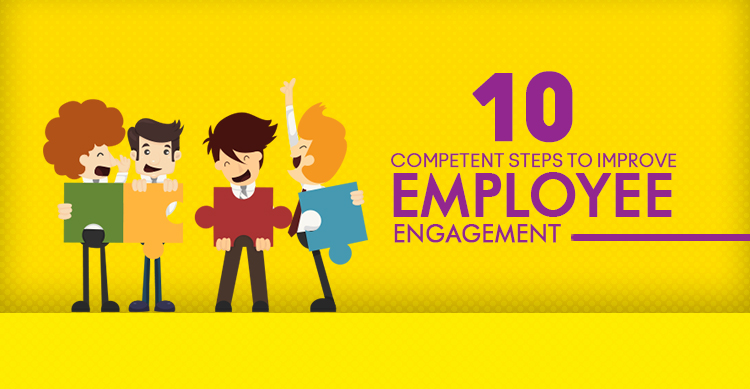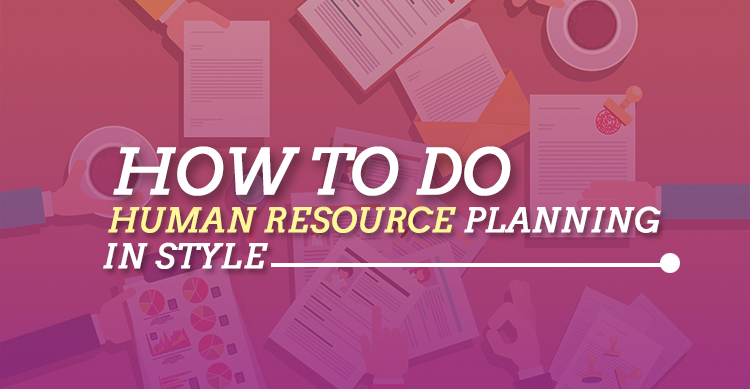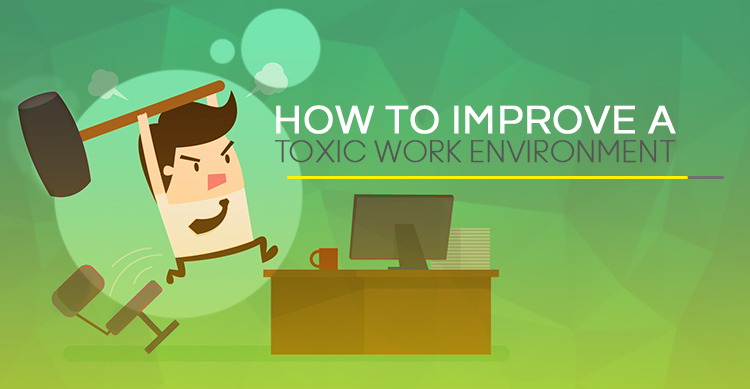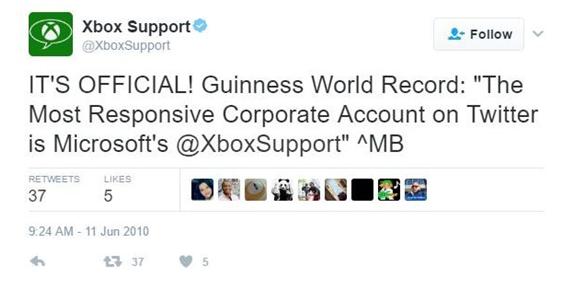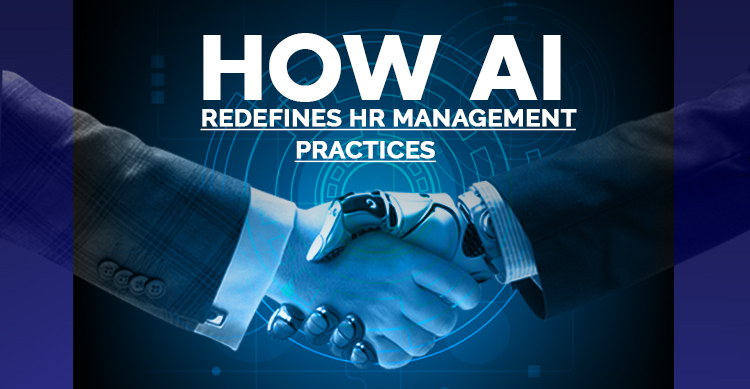In the twenty-first century, organizations depend on the energy, output, passion, and engagement of their employees. If employees are engaged, their determination to work is high; they are more productive, focused, and result-oriented.
Companies that indulge in activities of employee engagement tend to be more profitable and revenue generating.
While employee engagement is a buzzword in most organizations as employers strive to encourage their staff to deliver value to customers, identifying ways by which these employees can be engaged still remains a challenge.
Here are 10 competent steps that will help you to improve the level of employee engagement in your business enterprise:
Assign the Right Role
Every employee must be put in the right role based on their skills, abilities, and experience. They must enjoy what they do and must be able to achieve the right goals for the company.
This requires the involvement of the talent acquisition team who must know each employee well and must introduce retention strategies that focus on delivering maximum output.
Employee Training
A culture of trust and accountability cannot be developed until and unless the team is skilled for success. This means that managers and leaders must focus on the training and development of employees.
Employees must be asked what they would like to learn and appropriate training courses or skill enhancement sessions must be organized.
Give out Meaningful Work
Several organizations hire the best of talent but are not able to provide work accordingly. Only when employees do meaningful work and understand how their contribution affects the success and growth of the company, they feel engaged. Know why a person has been hired and give out right tasks to them.
Regular Feedback
Gone are the days when you wait for quarterly reviews to check progress and give feedback. Nowadays, workforce appreciates the regular feedback.
Indulge in formal and informal sessions wherein activities are evaluated and suggestions are accepted. This way, loopholes are identified faster and wastage is reduced.
Have Inspiring Leaders
The role of leaders is crucial for employee engagement. When managers and leaders take initiative in understanding the work of employees and their needs and aspirations, it helps to establish goodwill and ties of trust.
Offer Growth Opportunities
Employees feel disengaged when their skills are not optimally utilized. They may have experience in a particular field but the set-up of your business does not allow them to showcase their talent. This can be quite discouraging.
Therefore, give your employees the opportunity to highlight their skills and encourage them to stretch their skills with a focus on growth.
Recognize and Reward
Every employee’s efforts must be rewarded. This gives them the motivation to work harder. Thanking them for the contribution they have made shows that you recognize and appreciate what they have done. It also acts as a technique to boost their morale.
Understand your Employees
Every employee has a life beyond the organization they work for. Understanding the responsibilities your employees fulfill outside of the workplace helps to establish a bond with them.
Companies that believe that employees are their greatest asset remain an attractive place to work in. Provide initiatives to help your employees balance their work and personal life.
Team Work
Wherever possible, encourage employees to work with members of other teams. According to research, attachment with co-workers is beneficial for the growth of the organization. This is because the productivity is better when employees interact with other professionals.
Take Ideas for Engagement
Successful managers keep the communication with their employees transparent. They often discuss with their teams how engagement activities and solutions must be incorporated to improve the workforce culture.
These steps for increasing employee engagement are not at all complex. They are easy to adapt and some may already be a part of your organization.
Also, apart from these, there are several other techniques that you may use to engage your employees. The bottom line is to focus on employee engagement as engaged employees deliver faster and efficient results.
